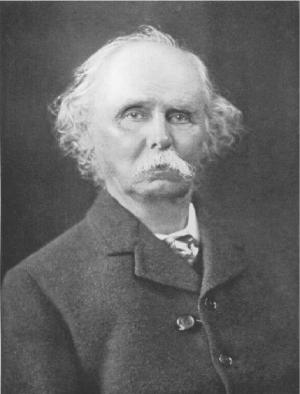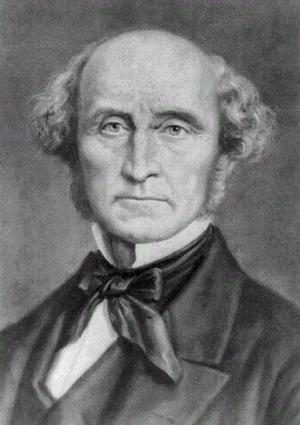The Purchasing Power of Money (Illustrated and Extended with Dollar Stabilization)
Business & Finance, Economics, Macroeconomics, Theory of Economics| Author: | Irving Fisher | ISBN: | 1230000268394 |
| Publisher: | AS Team | Publication: | September 16, 2014 |
| Imprint: | Language: | English |
| Author: | Irving Fisher |
| ISBN: | 1230000268394 |
| Publisher: | AS Team |
| Publication: | September 16, 2014 |
| Imprint: | |
| Language: | English |
This book has an active table of contents for readers to easy access to each chapter of the following titles:
1. THE PURCHASING POWER OF MONEY, ITS DETERMINATION AND RELATION TO CREDIT, INTEREST AND CRISES - Irving Fisher
2. DOLLAR STABILIZATION - Irving Fisher
Irving Fisher was the greatest economist the United States has ever produced. He made important contributions to utility theory, general equilibrium, theory of capital, the quantity theory of money and interest rates. Fisher was also a pioneer of the development of index numbers for stock markets. Fisher equation, the Fisher hypothesis, the international Fisher effect, and the Fisher separation theorem were named after him.
Following David Ricardo and John Keynes, Fisher was also one of those rare people who were deeply involved in investing and researching stock markets.
Fisher’s theory of debt deflation was widely used to explain the cause of the Great Depression and became more popular after the 2008 recession.
One of Fisher’s key contributions is Monetary Theory. Fisher recast the theory of money by giving a full demonstration of the principles that determine the purchasing power of money in the book The Purchasing Power of Money. Fisher defined the purchasing power of money on five well-defined factors:
1. The stock of money in circulation, M
2. Its velocity of circulation, V
3. The volume of deposits, M′
4. Their velocity of circulation, V′
5. The over-all volume of transactions
In his preface of the book The Purchasing Power of Money, Fisher stated that, fundamentally, his ambition was only to renovate and amplify the old “quantity theory” of money.
This book includes the most important works by Irving Fisher for a wide range of topics including purchasing power and dollar stabilization.
This is a must-read book for readers who are also interested in the deepest thoughts and views about purchasing power and dollar stabilization by Irving Fisher, one of the greatest economic thinkers on the planet.
This book has an active table of contents for readers to easy access to each chapter of the following titles:
1. THE PURCHASING POWER OF MONEY, ITS DETERMINATION AND RELATION TO CREDIT, INTEREST AND CRISES - Irving Fisher
2. DOLLAR STABILIZATION - Irving Fisher
Irving Fisher was the greatest economist the United States has ever produced. He made important contributions to utility theory, general equilibrium, theory of capital, the quantity theory of money and interest rates. Fisher was also a pioneer of the development of index numbers for stock markets. Fisher equation, the Fisher hypothesis, the international Fisher effect, and the Fisher separation theorem were named after him.
Following David Ricardo and John Keynes, Fisher was also one of those rare people who were deeply involved in investing and researching stock markets.
Fisher’s theory of debt deflation was widely used to explain the cause of the Great Depression and became more popular after the 2008 recession.
One of Fisher’s key contributions is Monetary Theory. Fisher recast the theory of money by giving a full demonstration of the principles that determine the purchasing power of money in the book The Purchasing Power of Money. Fisher defined the purchasing power of money on five well-defined factors:
1. The stock of money in circulation, M
2. Its velocity of circulation, V
3. The volume of deposits, M′
4. Their velocity of circulation, V′
5. The over-all volume of transactions
In his preface of the book The Purchasing Power of Money, Fisher stated that, fundamentally, his ambition was only to renovate and amplify the old “quantity theory” of money.
This book includes the most important works by Irving Fisher for a wide range of topics including purchasing power and dollar stabilization.
This is a must-read book for readers who are also interested in the deepest thoughts and views about purchasing power and dollar stabilization by Irving Fisher, one of the greatest economic thinkers on the planet.















